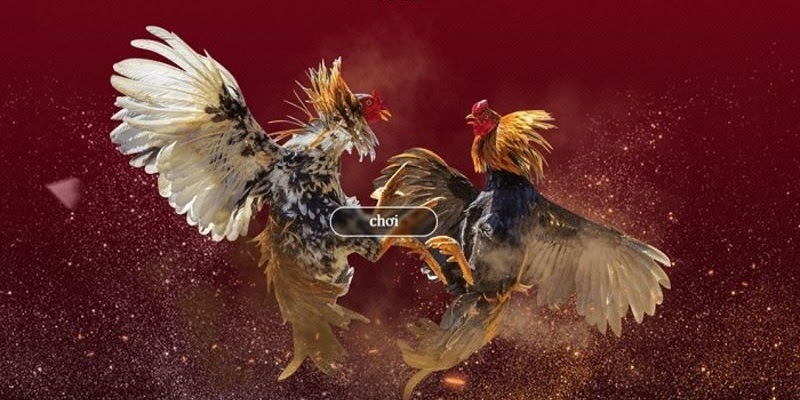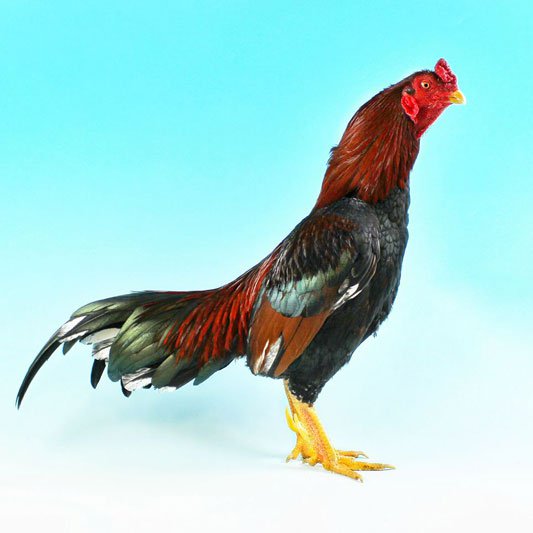Fighting chickens and Trực tiếp đá gà have a long history that intertwines with cultural traditions, breeding practices, and the sport of cockfighting. The world of fighting chicken breeds is rich and complex, offering various characteristics, temperaments, and physical attributes. This article provides an extensive examination of several prominent fighting chicken breeds, their origins, traits, and the ethical considerations surrounding them. We will delve into each breed’s unique strengths, weaknesses, and the ongoing debates about animal welfare in this controversial sport Đá gà thomo or trực tiếp đá gà thomo at redmanwines.com.
 Read more – Các giống gà chọi
Read more – Các giống gà chọi
Origins of Fighting Chickens

The roots of fighting chickens can be traced back thousands of years to various regions worldwide. The practice has evolved over time, influenced by cultural perceptions and breeding techniques.
Historical Significance
From ancient civilizations to modern-day enthusiasts, fighting chickens have held significance across various cultures. In places like Asia, particularly in countries such as Thailand and the Philippines, cockfighting is more than just a sport; it is a cultural event steeped in tradition. Historical records indicate that chickens were bred for fighting as early as 2000 BC in Persia and India, where they were revered for their bravery and strength.
Breeding Practices Over Time
Breeding practices for fighting chickens have evolved significantly over the centuries. Ancient breeders focused on selecting sturdy birds with aggressive tendencies, often using selective breeding to enhance specific traits. These practices resulted in modern breeds known for their fighting capabilities, stamina, and resilience.
Modern Cockfighting Culture
In contemporary society, the culture surrounding cockfighting varies considerably across different regions. While some areas embrace it as an integral part of their heritage, others view it as a brutal and outdated practice. Today, organizations advocate for animal rights, leading to increased scrutiny of cockfighting events and the treatment of fighting chickens.
Overview of Popular Fighting Chicken Breeds

Numerous breeds of fighting chickens exist today, each with unique characteristics that make them suitable for combat. Understanding these breeds involves exploring their backgrounds, physical traits, and competitive advantages.
American Gamecock
The American Gamecock is one of the most recognized fighting chicken breeds. Known for its tenacity and fierce nature, this breed has gained popularity among enthusiasts.
Physical Characteristics
American Gamecocks typically exhibit a muscular build, with long legs and broad shoulders. Male specimens tend to have tall and upright postures, which contribute to their fighting prowess. Their feathers come in various colors, including black, red, and white.
Temperament and Behavior
This breed is characterized by its aggressive behavior and high energy levels. American Gamecocks are known for their fighting spirit, making them formidable opponents in the ring. However, their temperament can vary depending on individual breeding and upbringing.
Competitive Advantages
American Gamecocks are highly regarded for their endurance and ability to withstand hits. They possess a natural instinct to fight, making them well-suited for competitive settings. Their strong legs allow them to deliver powerful kicks, which can be crucial during matches.
Asil Chicken
Asil chickens are renowned for their unique appearance and exceptional fighting abilities. Originating from South Asia, this breed has captivated the hearts of many fowl enthusiasts.
Unique Features
Asil chickens exhibit distinctive physical traits, such as a broad head and thick neck. Their short tails and stocky bodies give them a unique look that sets them apart. The plumage is often colorful, showcasing vibrant shades of green, blue, and gold.
Temperament and Fighting Style
Asils are known for their calm demeanor when not provoked, but they transform into fierce competitors during fights. Their fighting style is characterized by strategic movements and calculated attacks. Unlike other breeds that rely solely on brute force, Asils often use agility and reflexes to outmaneuver their opponents.
Breeding Considerations
Breeders who focus on Asil chickens aim to preserve their unique genetic makeup while enhancing desirable traits. Many breeders emphasize maintaining the breed’s historical integrity, resulting in diverse bloodlines that ensure a variety of fighting styles.
Old English Game
The Old English Game breed holds a significant place in the history of fighting chickens, with its roots dating back to medieval times. This breed is celebrated for its traditional use in cockfighting.
Distinct Traits
Old English Game chickens are recognizable by their slender bodies and upright postures. Their feathers come in a wide range of colors and patterns, adding to their aesthetic appeal. Despite their relatively small size compared to other fighting breeds, they possess remarkable agility and speed.
Fighting Attributes
Known for their boldness and confidence, Old English Game chickens excel in the ring. Their fighting technique combines speed, agility, and tactical maneuvers, allowing them to evade attacks while delivering swift counterstrikes. This breed’s resilience makes it a favorite among cockfighting enthusiasts.
Preservation Efforts
Due to changing attitudes toward cockfighting and animal welfare, Old English Game chickens face challenges regarding preservation. Breeding programs aimed at maintaining their lineage are crucial in ensuring that this historic breed continues to thrive.
Ethical Considerations in Cockfighting

While the allure of fighting chicken breeds captures the attention of enthusiasts, it is essential to address the ethical implications of cockfighting. The debate surrounding animal rights and welfare remains contentious, raising important questions about the treatment of these birds.
Animal Welfare Concerns
Many animal welfare advocates argue against the practice of cockfighting, citing potential suffering inflicted upon the birds. These concerns include injuries sustained during fights, inadequate living conditions, and the psychological stress experienced by the animals. Advocates for animal rights believe that all creatures deserve humane treatment and protection from harm.
Legal Regulations
Cockfighting is illegal in many parts of the world, reflecting shifting societal attitudes toward animal cruelty. Governments have implemented regulations aimed at curbing the practice, emphasizing the need for humane treatment of animals. However, enforcement of these laws varies by region, leading to ongoing discussions about their effectiveness.
Cultural Perspectives
Supporters of cockfighting often view it as a cultural tradition worth preserving. For many communities, this practice serves as a social activity, bringing people together for entertainment and camaraderie. Balancing cultural heritage with animal welfare concerns presents a complex challenge, requiring thoughtful dialogue and consideration.
Future of Fighting Chickens
The future of fighting chickens remains uncertain as society grapples with ethical dilemmas. Breeders and enthusiasts may need to adapt their practices to align with evolving perceptions of animal rights. Innovations in breeding and care can also play a role in fostering a more humane approach to the sport.
FAQs
What are the most popular fighting chicken breeds?
Commonly recognized fighting chicken breeds include the American Gamecock, Asil Chicken, and Old English Game. Each breed boasts unique characteristics that contribute to their fighting abilities and appeal.
Are fighting chickens treated humanely?
The treatment of fighting chickens varies widely depending on breeder practices and local regulations. While some breeders prioritize the welfare of their birds, others may engage in harmful practices. Advocacy for animal rights continues to push for better treatment standards.
Can fighting chickens be kept as pets?
Many enthusiasts keep fighting chicken breeds as pets, valuing their unique qualities and companionship. However, potential owners should consider the breed’s temperament and needs before deciding to adopt.
Is cockfighting legal everywhere?
No, cockfighting is illegal in many regions around the world, particularly in the United States and Europe. Legislation varies by jurisdiction, and those interested in the practice should familiarize themselves with local laws.
How do I choose a good fighting chicken?
Selecting a fighting chicken involves considering various factors, including breed, physical characteristics, and temperament. Reputable breeders can provide guidance on choosing a bird with desirable traits for competition.
Conclusion
The world of fighting chicken breeds offers a fascinating glimpse into the intersection of culture, breeding practices, and ethical considerations. From the fierce American Gamecock to the unique Asil Chicken, each breed brings something special to the arena. However, the practice of cockfighting raises critical questions about animal welfare that necessitate careful thought and discussion. As society continues to evolve, striking a balance between tradition and compassion remains vital in shaping the future of fighting chickens and their role in our lives.
